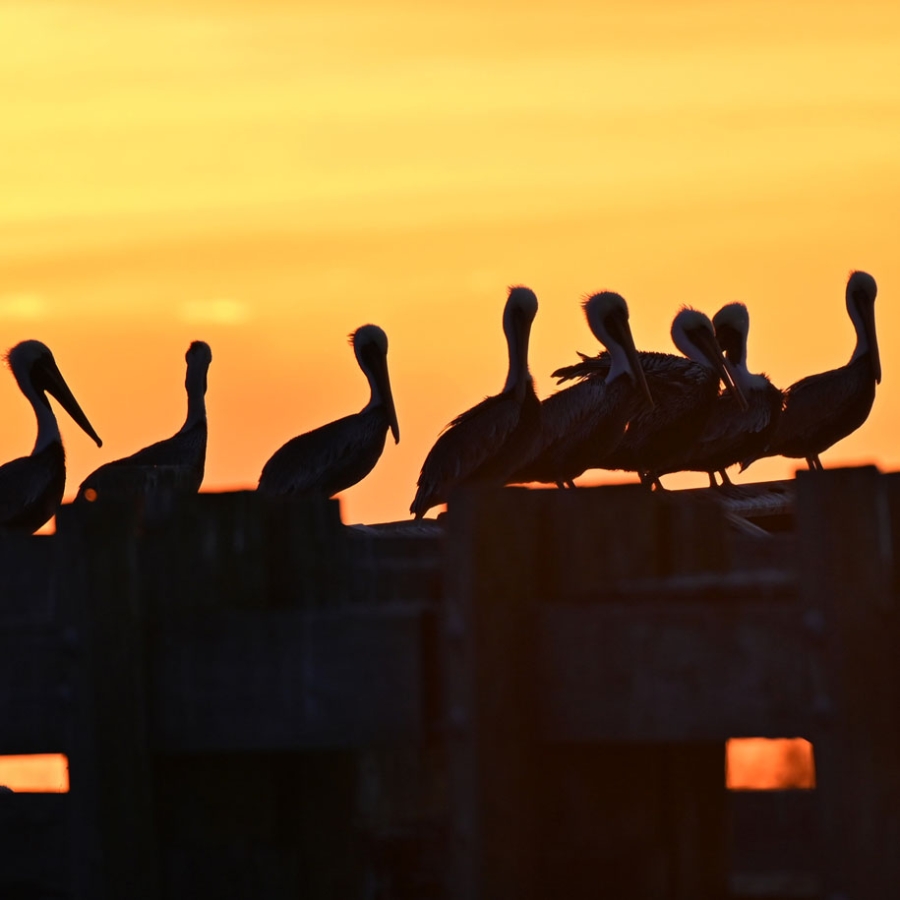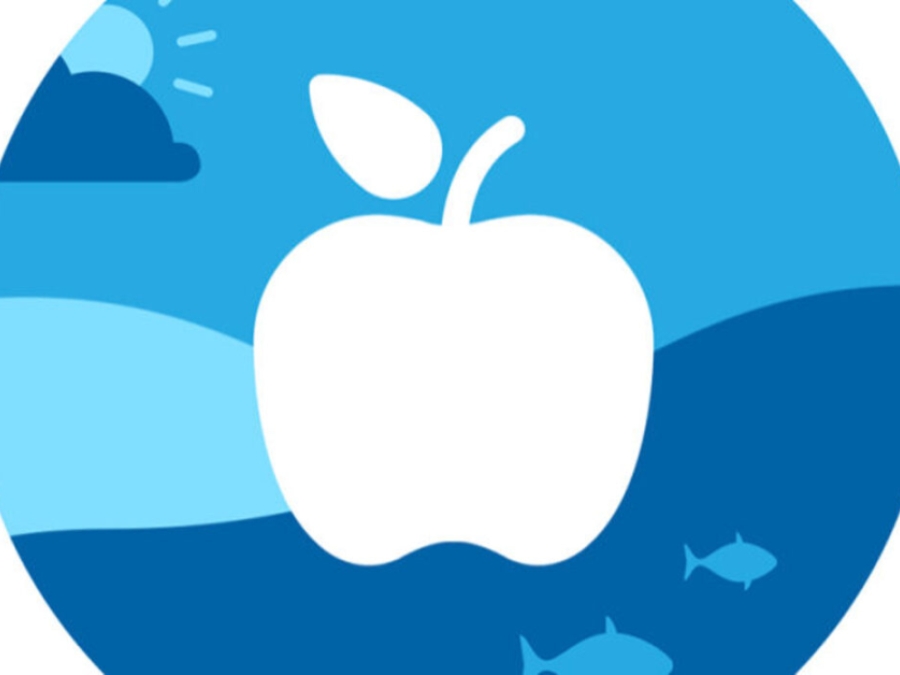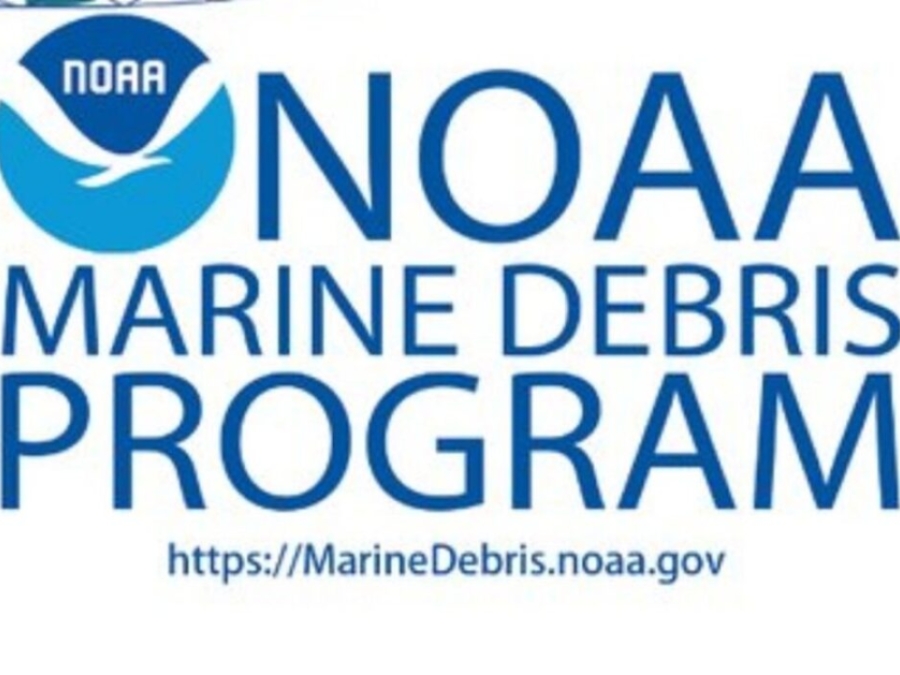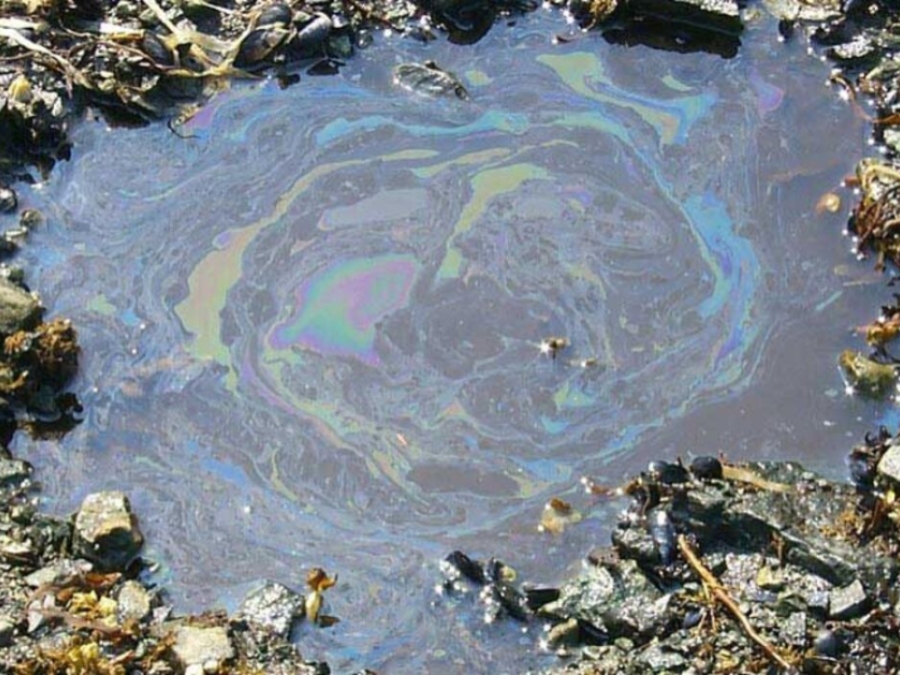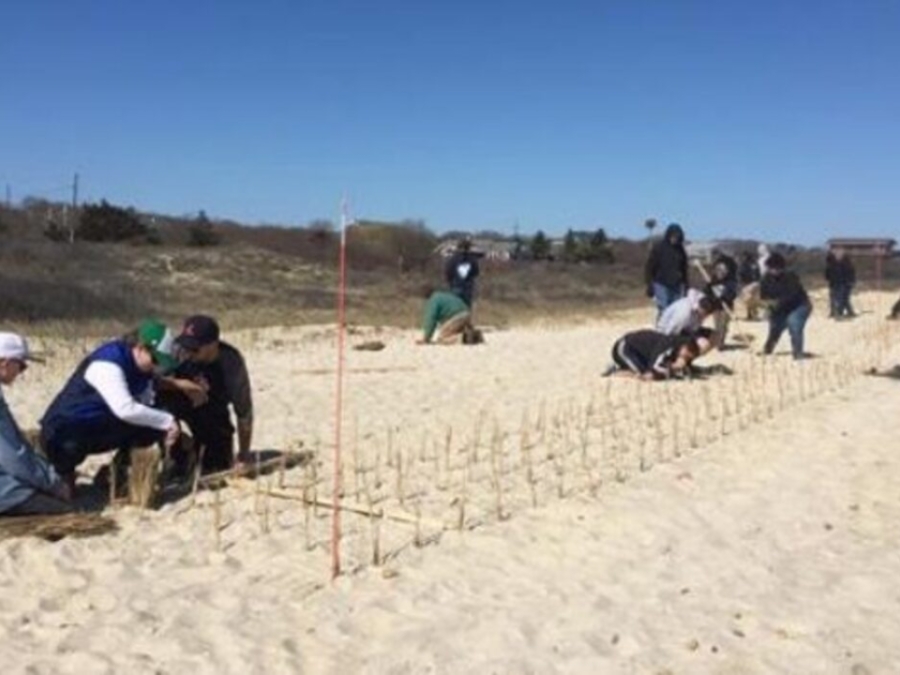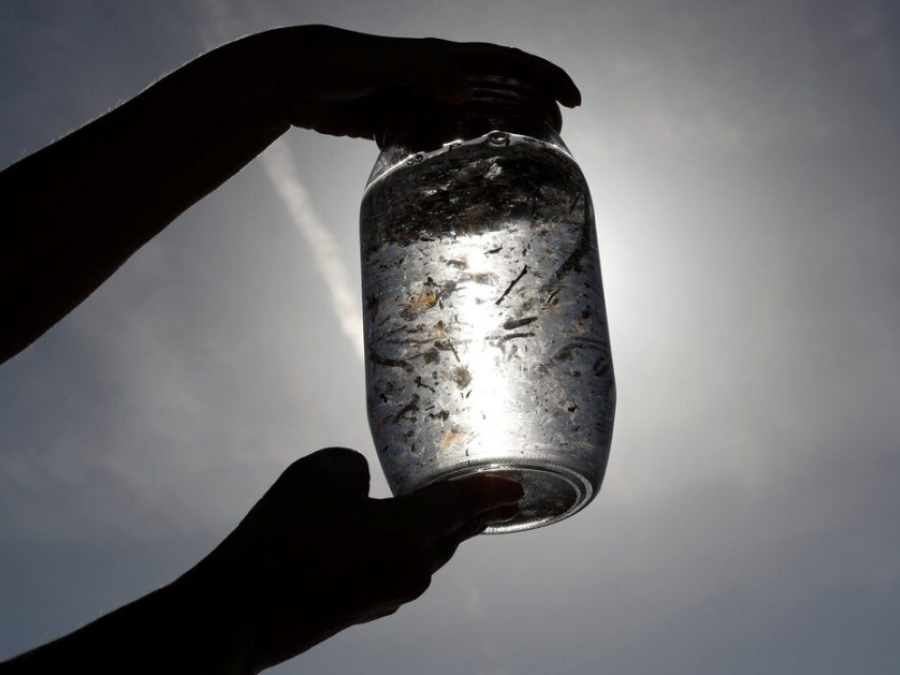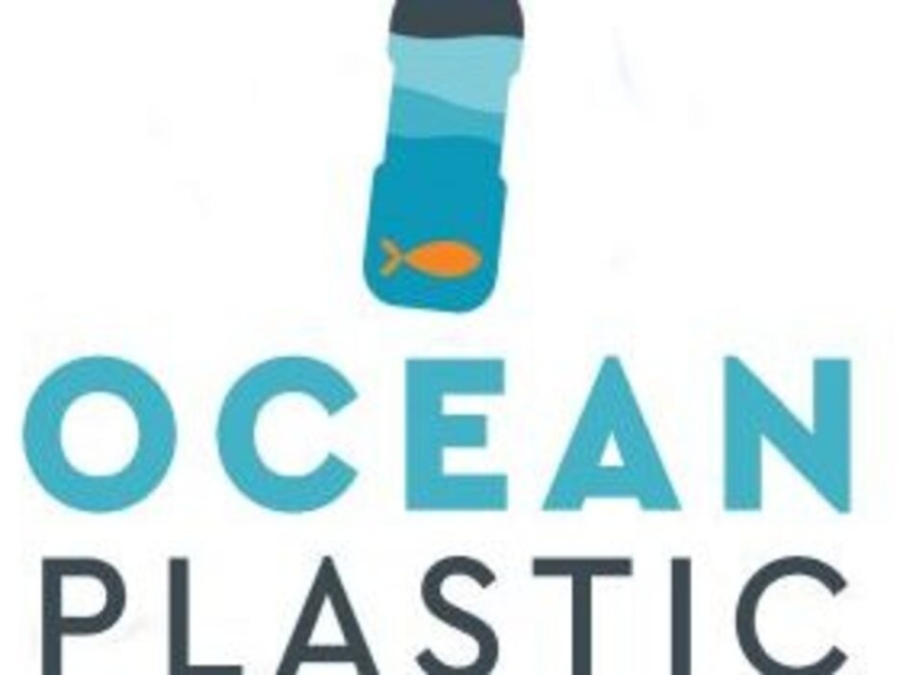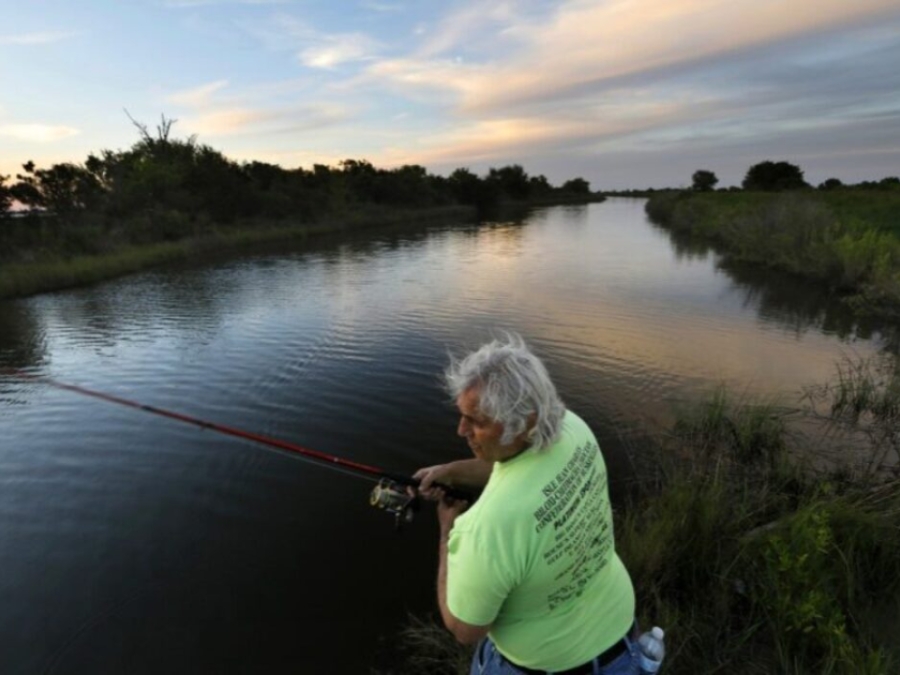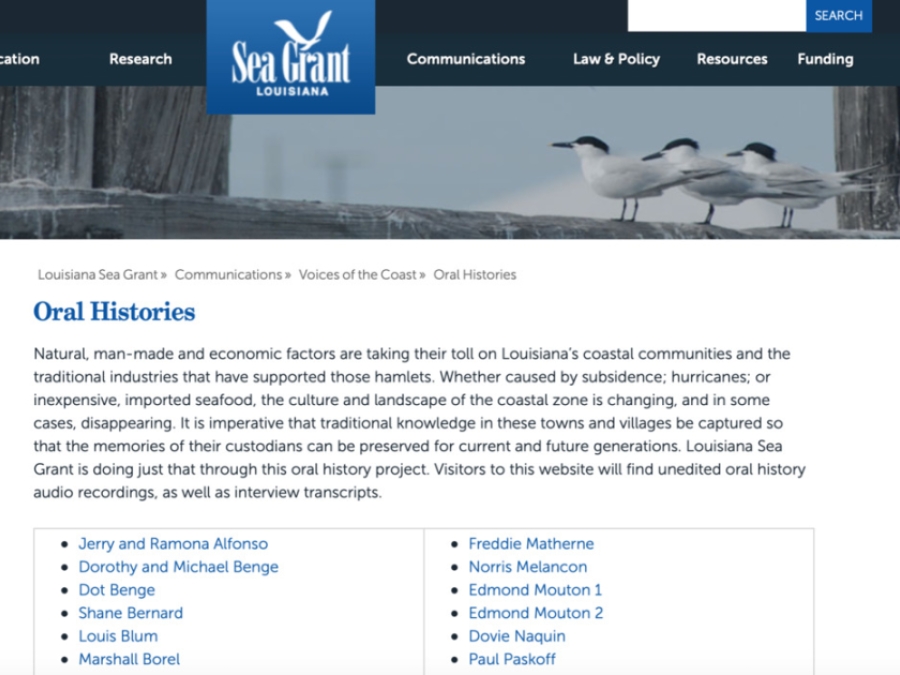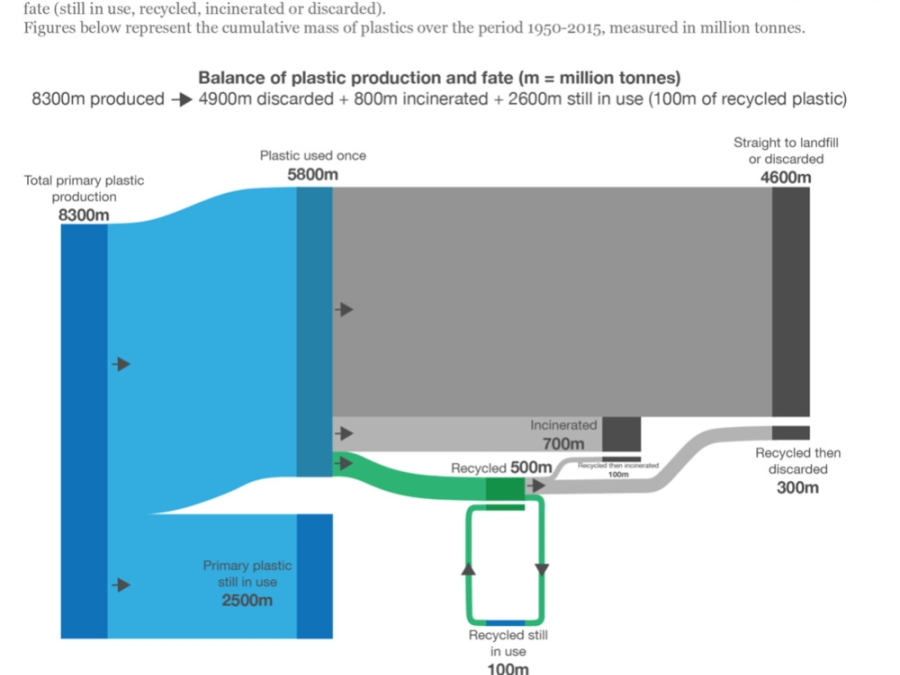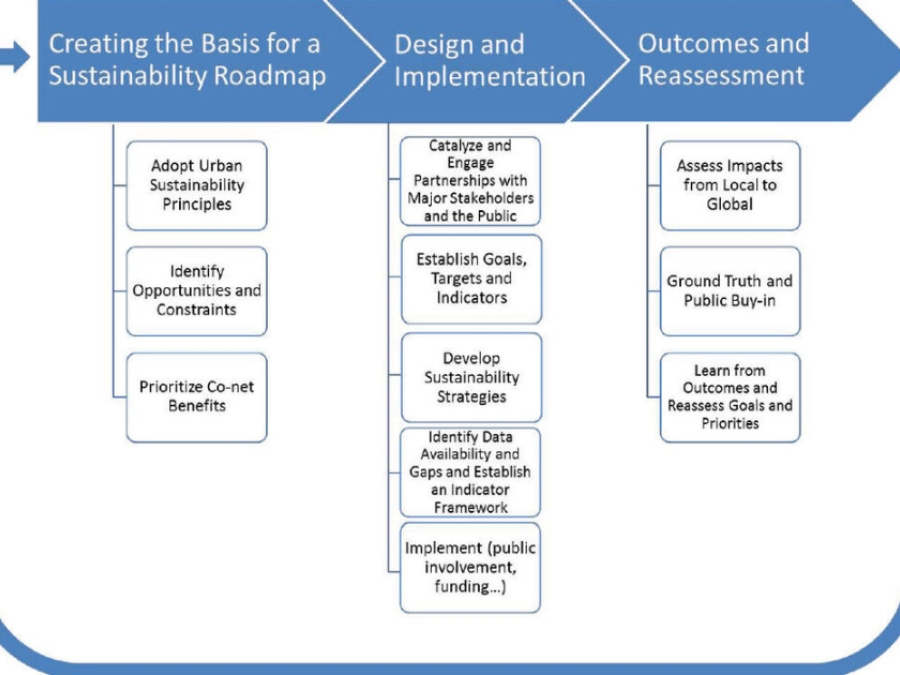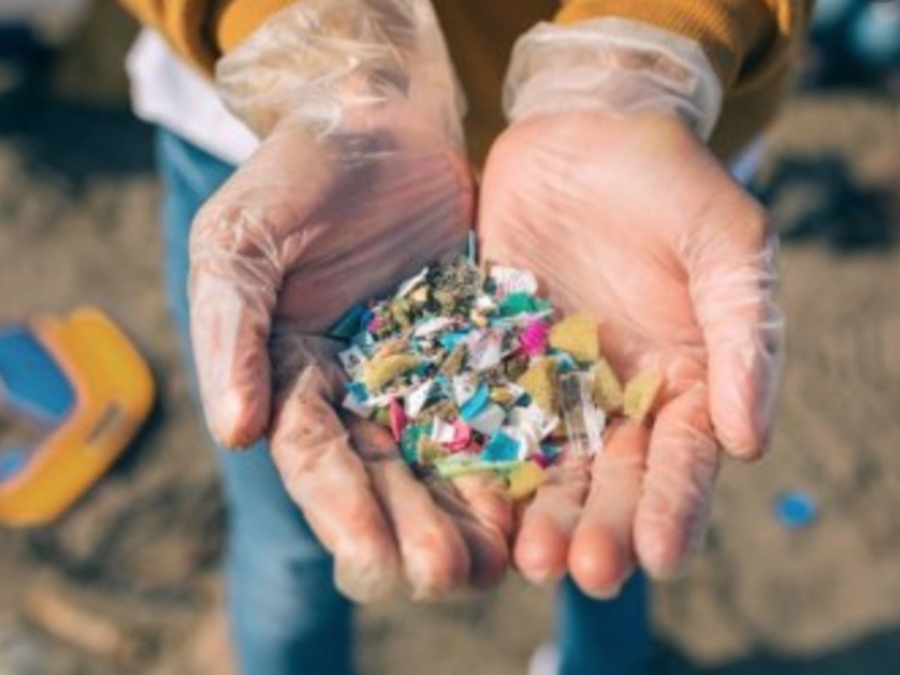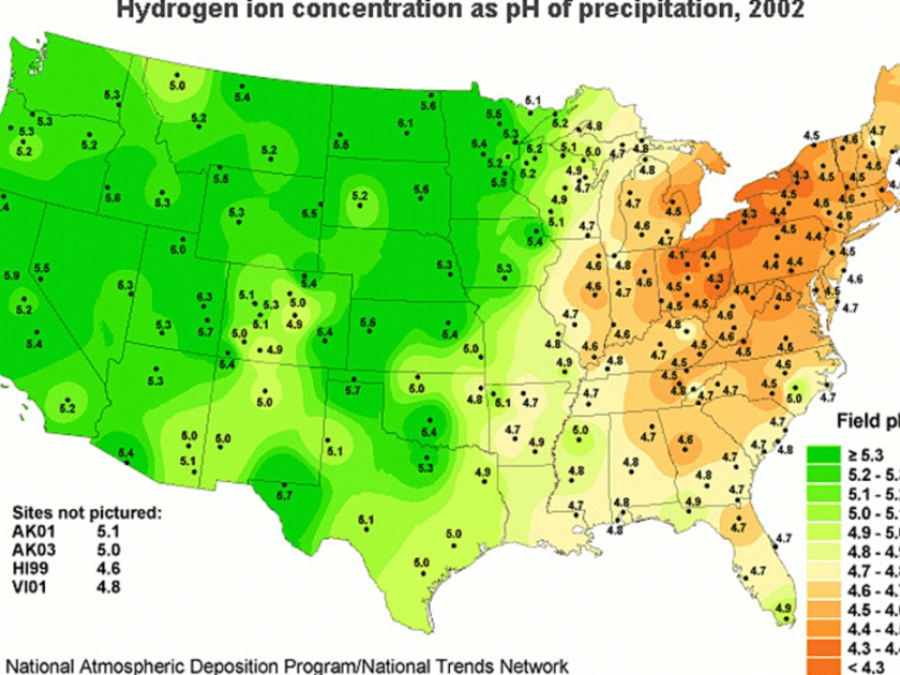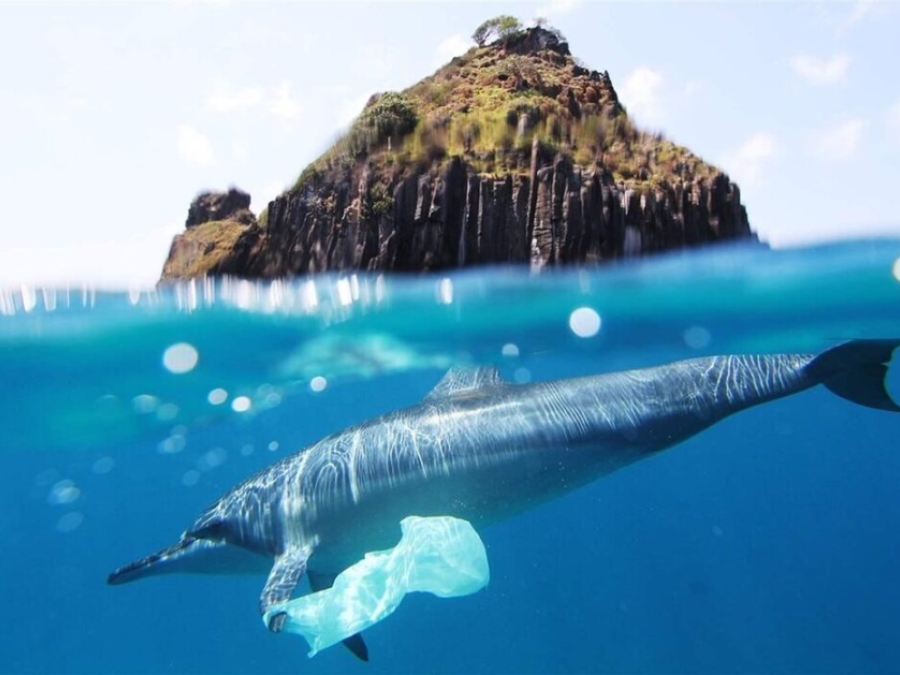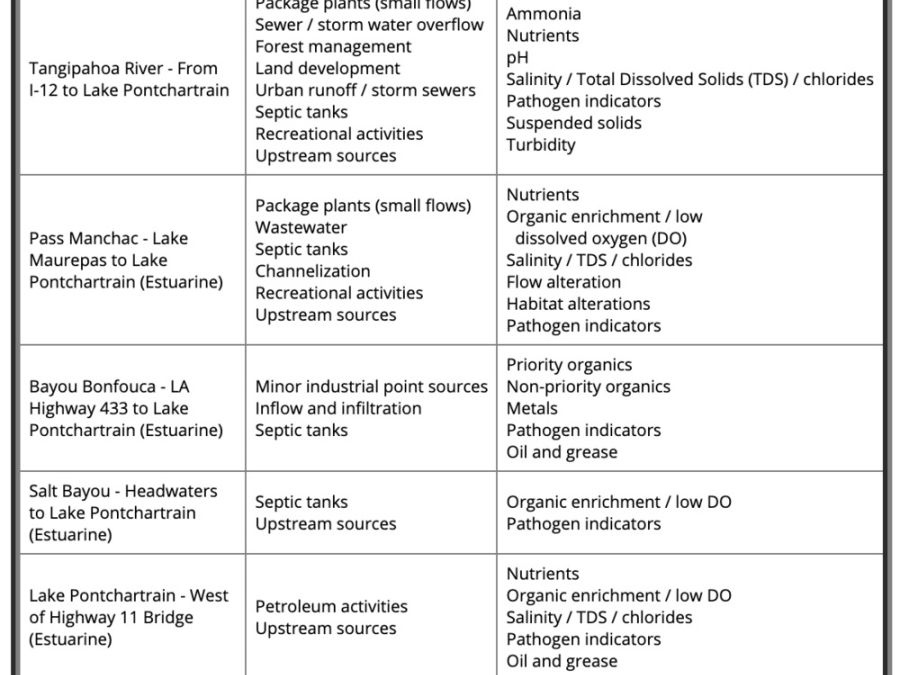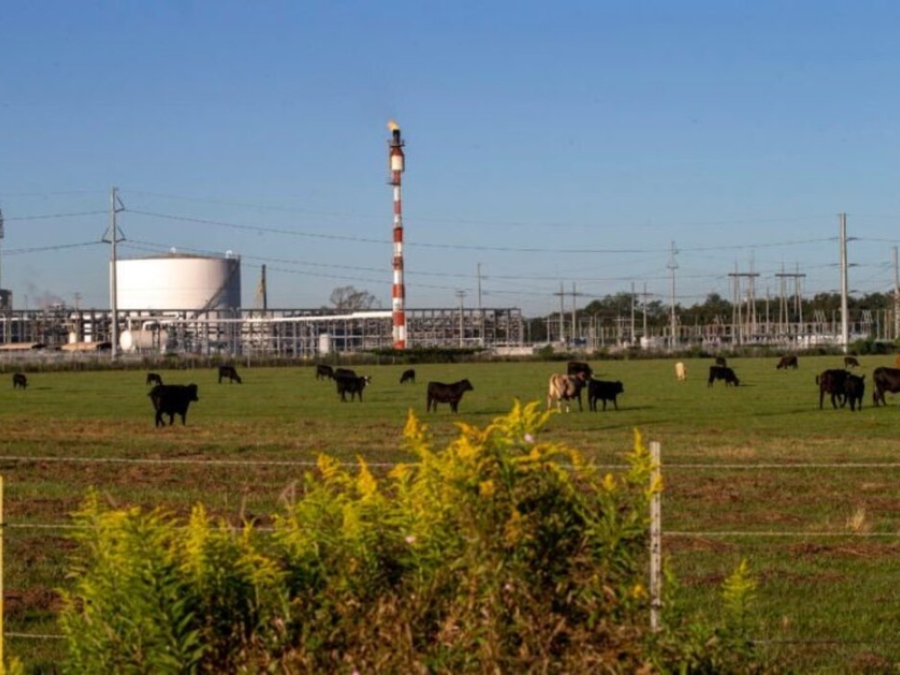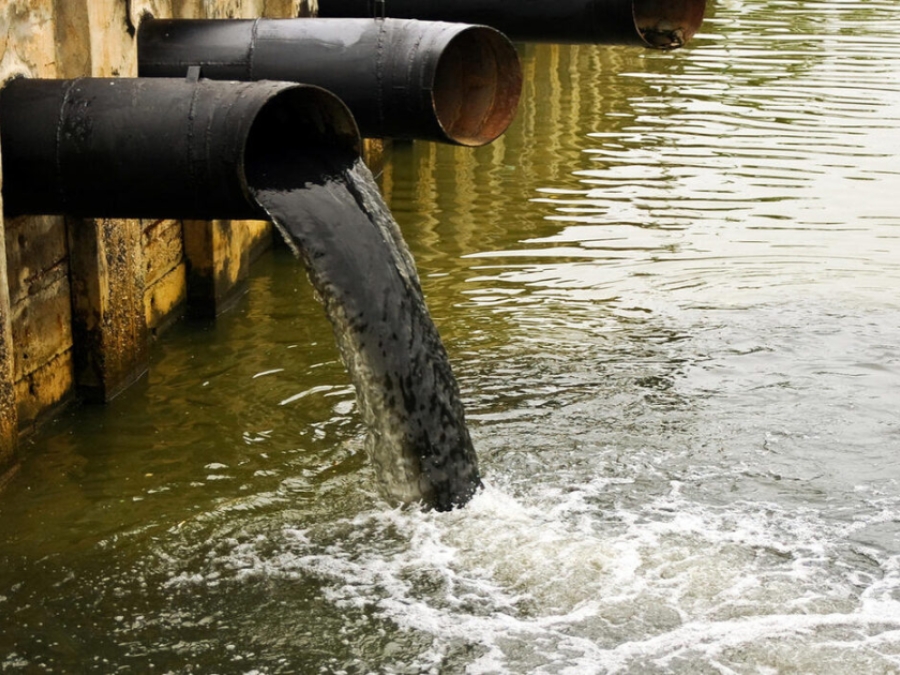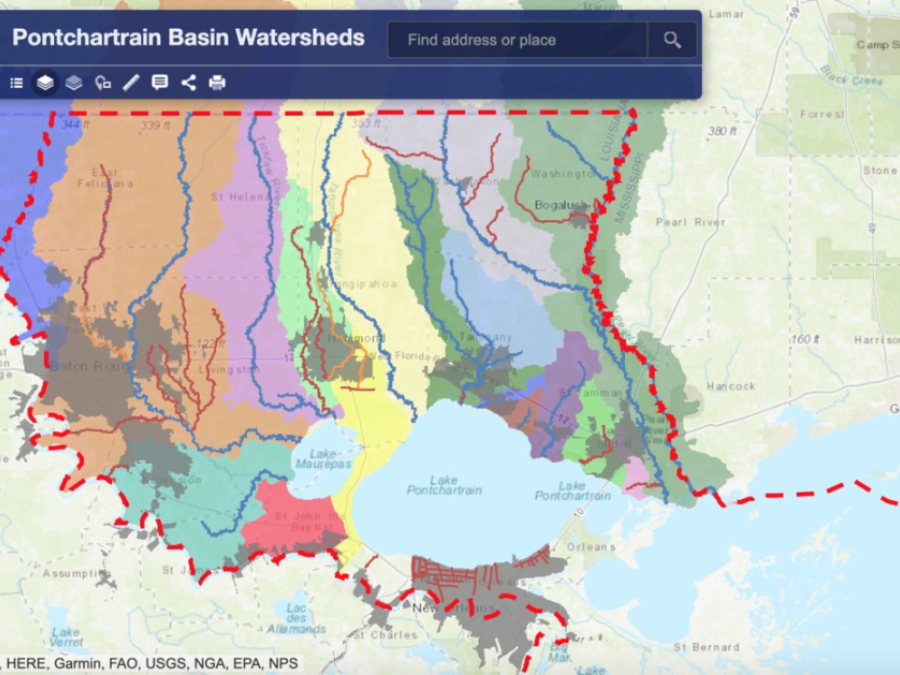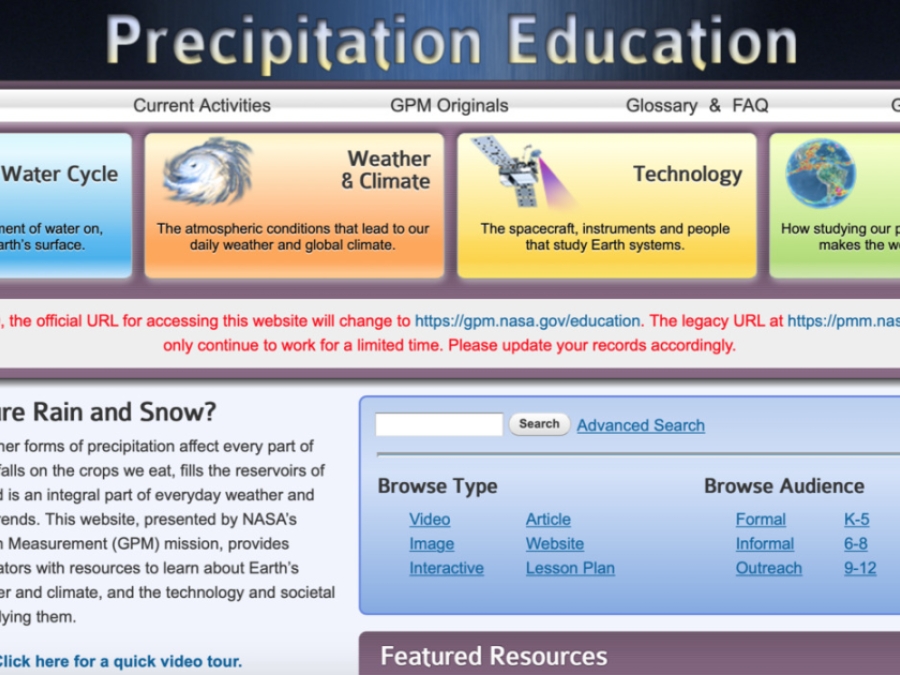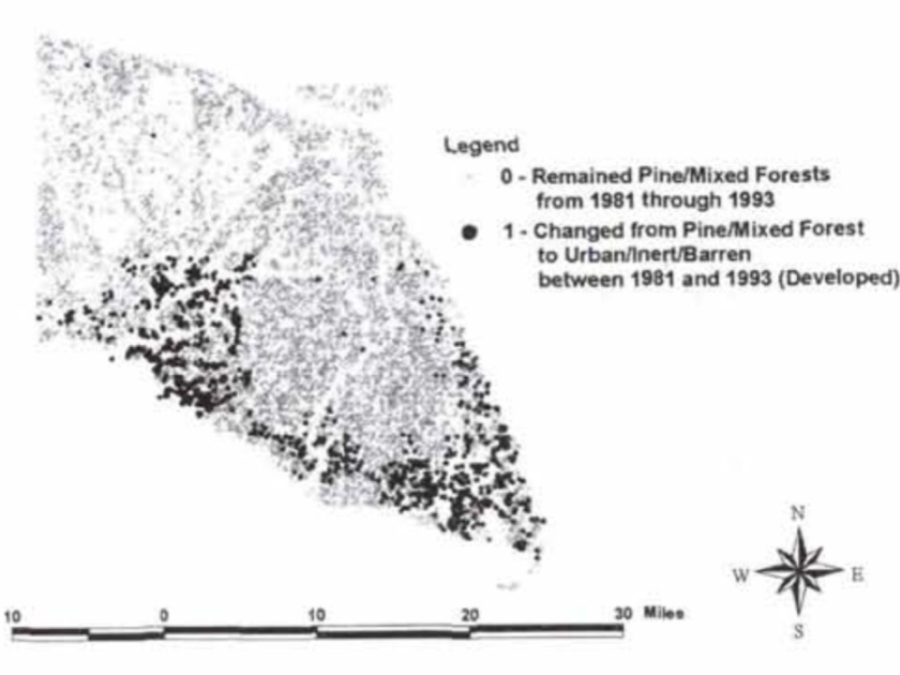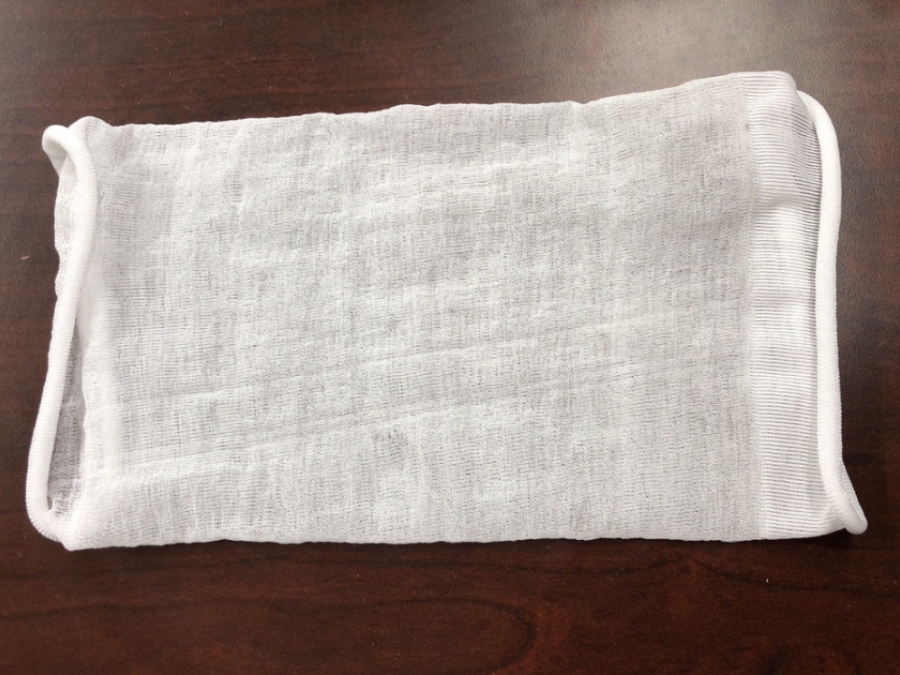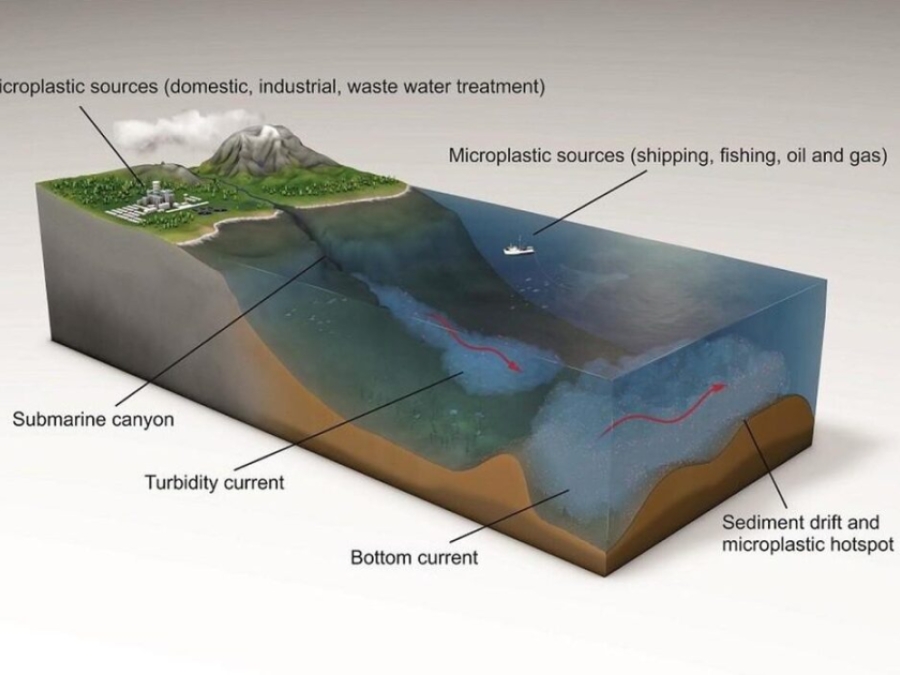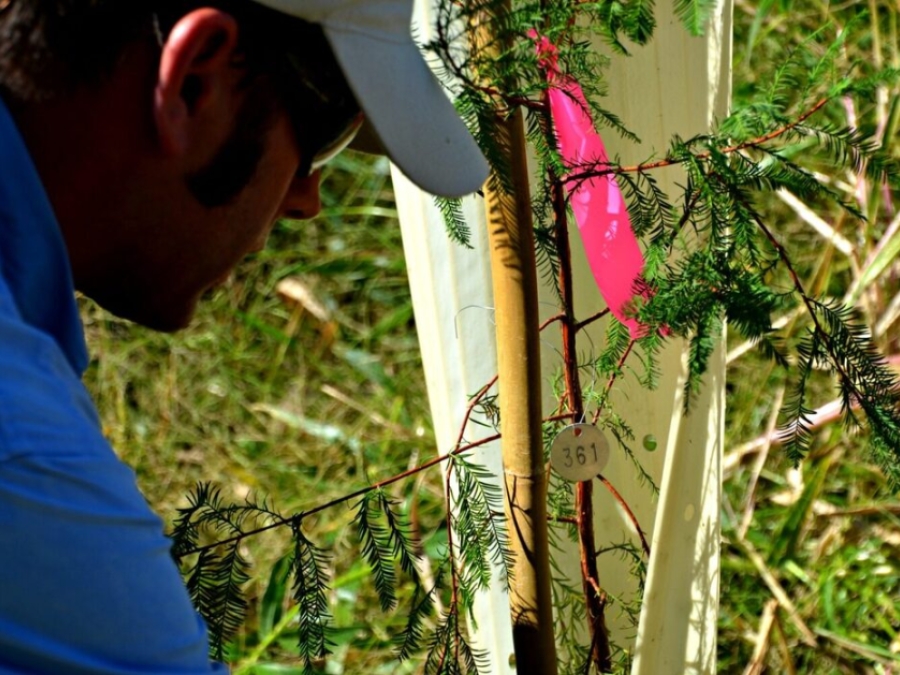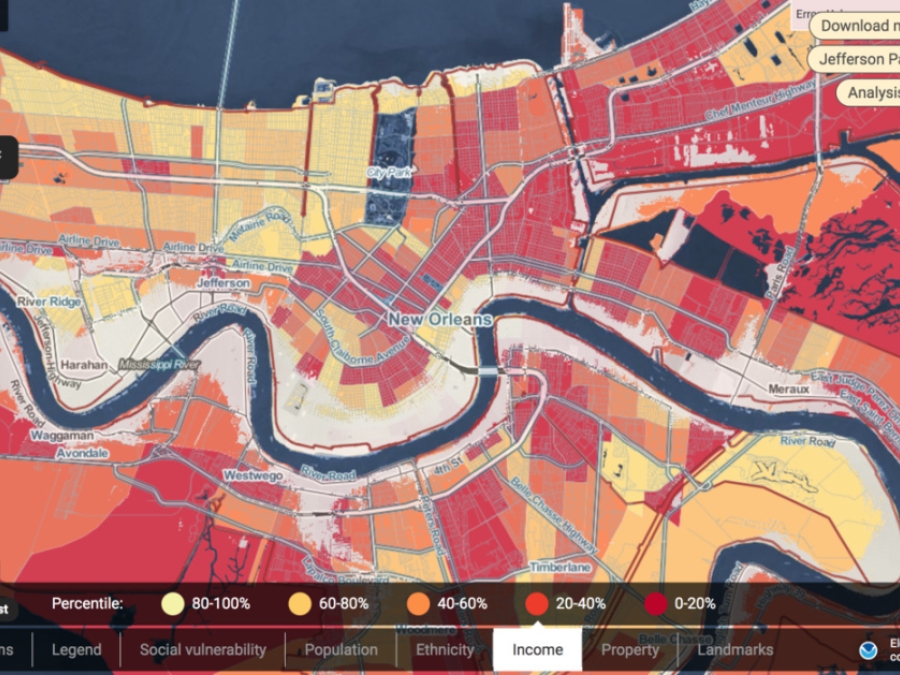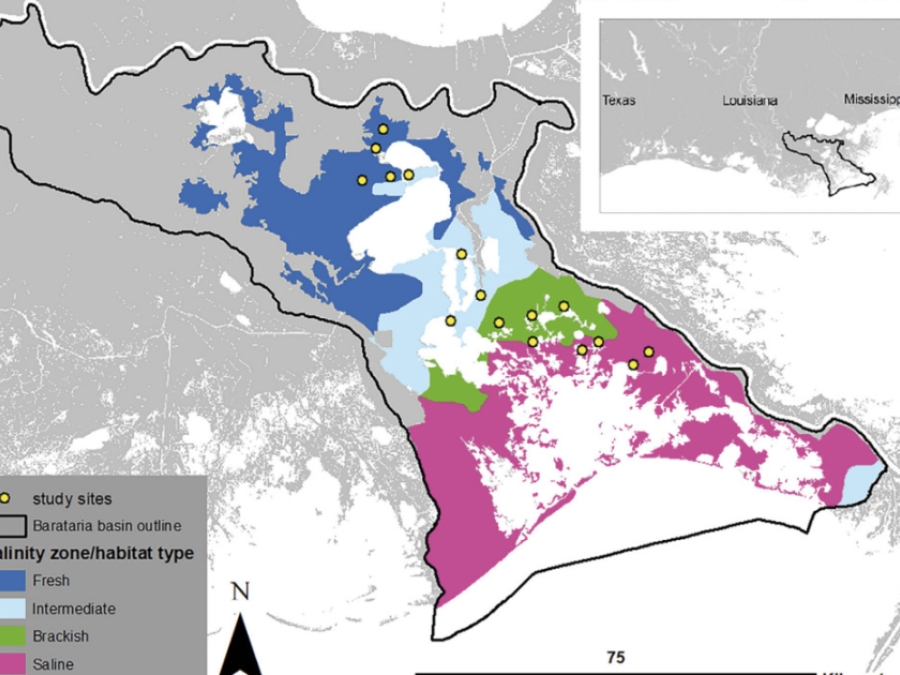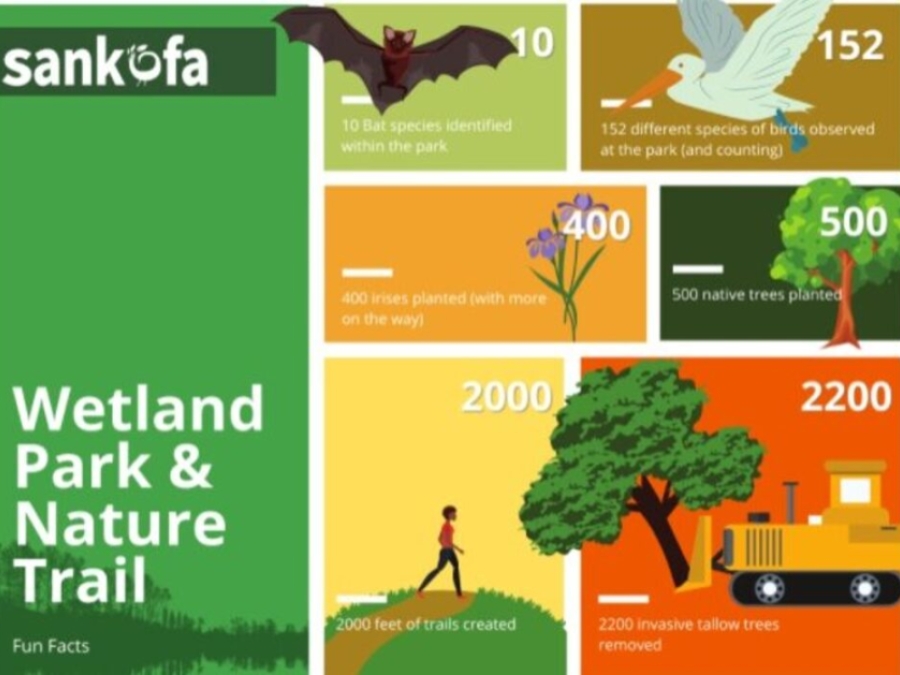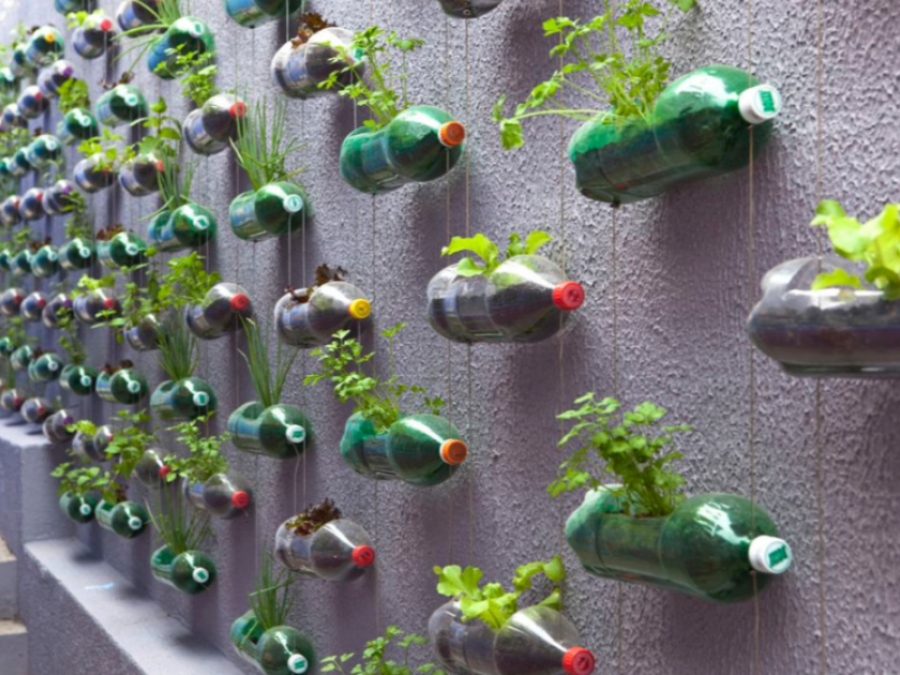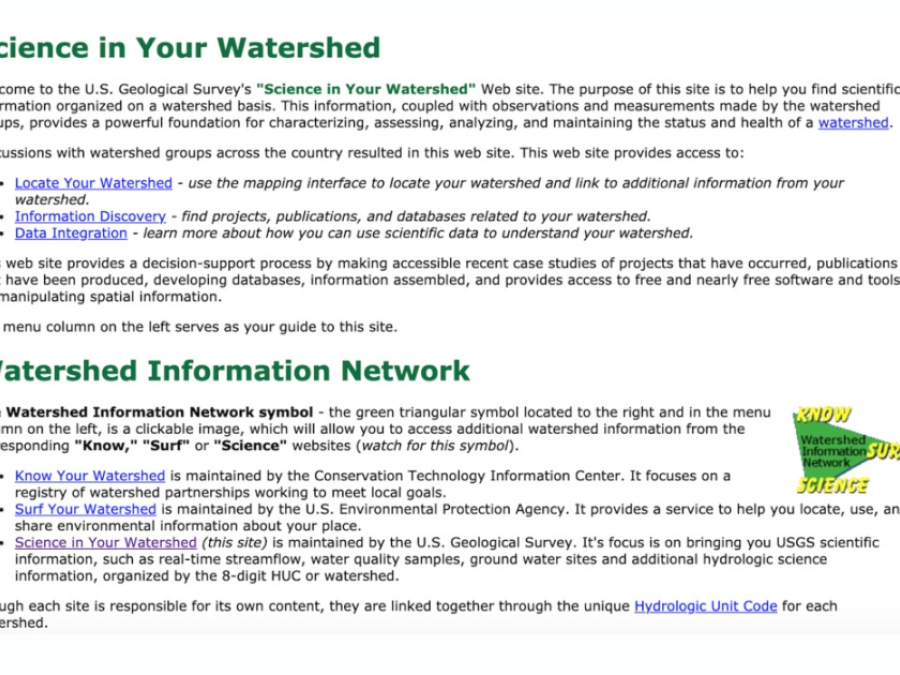Filter These Results +
New York Is Building A Wall
Staten Island recently received funding for a nearly 5-mile-long seawall to protect its coast. But the plan raises a lot of questions. We're living in a dangerously dynamic world: Hurricanes are getting worse, wildfires are rampant in California, extreme heat is melting roads in India, and sea levels continue to rise. Will a wall really be enough to protect our coastal cities?
Noaa Curricula And Resources
Marine debris is a constant and challenging threat to communities all over the world. It can travel on currents across the ocean, reach remote shorelines where very few people live, and cause major problems for both people and wildlife. No matter where you live, it's important for us all to understand the problem. Marine debris is created by people, which means we can also be the solution.
Noaa Estuary Resources
Why teach about estuaries? This suite of estuary education resources help educators bring estuarine science into the classroom through hands-on learning, experiments, fieldwork, and data explorations. These specially designed lessons, activities, data explorations, animations and videos can be used independently or as a supplement to existing curricula and can be adapted to meet any grade level.
Noaa Marine Debris Program
The NOAA Marine Debris Program envisions the global ocean and its coasts free from the impacts of marine debris. The mission of the NOAA Marine Debris Program is to investigate and prevent the adverse impacts of marine debris.
Noaa Ocean Podcasts: Microplastics
Connect with ocean experts and explore topics from corals to coastal science with our audio podcast." This episode focuses on microplastics
Noaa Ocean Podcasts: Nurdle Patrol
Nurdles are small plastic pellets that are causing a big problem. But citizen scientists are fighting back. In this episode, we talk with Jace Tunnell, Director of the Mission Aransas National Estuarine Research Reserve, about how the Nurdle Patrol is taking on these problematic pellets, and how you can get involved.
Nonpoint Source Polluion Tutorial
Most nonpoint source pollution occurs as a result of runoff. When rain or melted snow moves over and through the ground, the water absorbs and assimilates any pollutants it comes into contact with. Following a heavy rainstorm, for example, water will flow across a parking lot and pick up oil left by cars driving and parking on the asphalt. When you see a rainbow-colored sheen on water flowing across the surface of a road or parking lot, you are actually looking at nonpoint source pollution.
Nourishing Ecology And Society With Beachgrass
While it may seem like a straightforward planting project, this restoration highlights the connections between human society and the ecologies we depend on. The tribe's millennia-long relationship with the land inspired members to join the volunteer crews each year. Every October, they mark the cranberry harvest with a festival celebrating the significance of their entanglement with the land. The planting days have built relationships between the tribe and other civic organizations. The Girl Scouts turned out to plant alongside local fishermen and garden club members, all united in a desire to keep the land.
Nurdles' Quest For Ocean Domination
Nurdles are the tiny, factory-made pellets that form the raw material for every plastic product that we use, from toys to toothbrushes. And while they look pretty harmless on land, they can really wreak havoc on our oceans. Kim Preshoff details the nurdles' quest for ocean domination, shedding light on the particular features that allow these pervasive polluters to persist for entire generations.
Nutria Hunted To Save Wetlands
On Maryland's Eastern Shore, wildlife biologists look for new ways to control nutria, 20-pound rodents from South America. Jorge Ribas reports from the marsh.
Nutrient Pollution
Nutrient pollution, which occurs from an excess of nitrogen and phosphorus in the environment, is a growing problem. This pollution impacts people's health, our environment, opportunities for recreation, and tourism. Nutrient pollution comes from farms, city streets, sewage treatment plants, pet waste, and faulty septic systems. This video aims to build public awareness which is the first step in preventing and reducing nutrient pollution.
Ocean Life Eats Tons Of Plastic- Here's Why That Matters
Anchovies are known more as a pickled pizza topping than for their crucial place in the marine food chain. Now scientists have confirmed a disturbing new behavior by these tiny forage fish that could have larger implications for human health: anchovies are eating tiny pieces of ocean plastic, and because they, in turn, are eaten by larger fish, the toxins in those microplastics could be transferred to fish consumed by humans.
Ocean-Clogging Microplastics Also Pollute The Air, Study Finds
Researchers in France said this week that they found thousands and thousands of microplastic particles raining down on a secluded spot in the Pyrenees, 75 miles from the nearest city. Their study, published in the journal Nature Geoscience, suggests that microplastics - long known as a source of water pollution - may also travel by air, spreading their ill effects far from dense population centers.
Oceanplastic List
OceanPlastic List is the global online community for sharing knowledge on the research, management, and prevention of ocean plastic and other marine debris. The community includes scientists, resource managers, policymakers, conservationists, industry representatives, and others.
Officials Call Bayou St. John A Flood Protection Liability, But New Orleanians Call It A 'Treasure'
The mouth of Bayou St. John, for a cast of officials from the Army Corps of Engineers and Orleans Levee District, represents more than anything a point of vulnerability. Their priority is simple: keep storm surge from Lake Pontchartrain at bay, and prevent the transformation of a natural waterway into a highway for delivering floodwater to New Orleans' heart. But for an increasingly vocal alliance of New Orleanians, the junction of the bayou and the vast lake represents much more than a flood protection issue.
Oil, Gas, And The Effects Of Environmental Racism
Jamali Maddix talks with an environmentalist about how drilling for fuel usually means pushing contamination into the places where lower-class people live." Pollution from the oil and gas industry can be a danger to surrounding communtiies, and the risks for marginalized communities frequently outweigh those for others. This video follows one individual's experiences with the effects of environmental racism and the lack of regulations for oil and gas companies
On A Sinking Louisiana Island, Many Aren'T Ready To Leave
This island will cease to exist. That much seems certain. Over the last six decades, more than 98% of Isle de Jean Charles has vanished into the Gulf of Mexico, leaving a frail strip of land just two miles long and a quarter-mile wide. With each high tide and with each hurricane, a little more of this historic Native American land sinks below the surface. Cow pastures are gone. Rice fields are gone. The encroaching saltwater seeps into the roots of the towering live oaks that loom over the bayou, transforming them into eerie gray skeletons.
Oral Histories
Whether caused by subsidence; hurricanes; or inexpensive, imported seafood, the culture and landscape of the coastal zone is changing, and in some cases, disappearing. It is imperative that traditional knowledge in these towns and villages be captured so that the memories of their custodians can be preserved for current and future generations. Visitors to this website will find unedited oral history audio recordings, as well as interview transcripts.
Our Debris Filling The Sea
What do a tropical island in the Pacific Ocean and the Antarctic have in common? Unfortunately, it's marine debris. Even the most remote locations on Earth are fouled by man-made garbage and cast-outs. And a majority of the debris that's found comes from land-based sources.
Our World In Data: Plastic Pollution
This resource provides data (including charts) on a variety of plastic pollution topics, such as "cumulative global plastics production, decomposition rates of marine debris items, plastic waste generated by coastal populations, surface plastic particles by ocean basin," and much more.
Our World In Data: Plastic Pollution
This resource provides data (including charts) on a variety of plastic pollution topics, such as "cumulative global plastics production, decomposition rates of marine debris items, plastic waste generated by coastal populations, surface plastic particles by ocean basin," and much more.
Pathways To Urban Sustainability: Challenges And Opportunities For The United States
Cities have experienced an unprecedented rate of growth in the last decade. More than half the world's population lives in urban areas, with the U.S. percentage at 80 percent. Cities have captured more than 80 percent of the globe's economic activity and offered social mobility and economic prosperity to millions by clustering creative, innovative, and educated individuals and organizations. Clustering populations, however, can compound both positive and negative conditions, with many modern urban areas experiencing growing inequality, debility, and environmental degradation. The spread and continued growth of urban areas presents a number of concerns for a sustainable future, particularly if cities cannot adequately address the rise of poverty, hunger, resource consumption, and biodiversity loss in their borders.
Pc Microplastic Sampling
With the help of our Community Scientists we will learn where plastic is accumulating and quantify how much is being found and how quickly it is settling. This information will help with other projects in the future and inform how Louisiana and the Gulf States approach this problem in our region.
Ph And Water
pH is a measure of how acidic/basic water is. The range goes from 0 to 14, with 7 being neutral. pHs of less than 7 indicate acidity, whereas a pH of greater than 7 indicates a base. The pH of water is a very important measurement concerning water quality.
Plastic Eating Enzyme
Scientists Accidentally Discovered A Plastic Eating Enzyme That Could Revolutionize Recycling: An international team of scientists have accidentally enhanced a plastic eating enzyme in a discovery that could change our relationship with plastic forever. The breakthrough, if scaled up, could lead to plastic being broken down into its original components and formed into plastic items again, removing the need for making more of the material.
Plastic Eating Enzyme
Scientists Accidentally Discovered A Plastic Eating Enzyme That Could Revolutionize Recycling: An international team of scientists have accidentally enhanced a plastic eating enzyme in a discovery that could change our relationship with plastic forever. The breakthrough, if scaled up, could lead to plastic being broken down into its original components and formed into plastic items again, removing the need for making more of the material.
Plastic Health Summit: Round Table
Where do we stand concerning the research on the effects of plastic on the human body? What can we conclude from today's talks? What should be the next steps for both research and policy? In this closing session of the Plastic Health Summit, we will reiterate the answers to preliminary questions regarding plastic and human health and give you a summary of the world's first Plastic Health Summit.
Plastic Pollution Affects Sea Life Throughout The Ocean
Our ocean and the array of species that call it home are succumbing to the poison of plastic. Examples abound, from the gray whale that died after stranding near Seattle in 2010 with more than 20 plastic bags, a golf ball, and other rubbish in its stomach to the harbor seal pup found dead on the Scottish island of Skye, its intestines fouled by a small piece of plastic wrapper. According to the United Nations, at least 800 species worldwide are affected by marine debris, and as much as 80 percent of that litter is plastic. It is estimated that up to 13 million metric tons of plastic ends up in the ocean each year - the equivalent of a rubbish or garbage truck load's worth every minute.
Pollution In Lake Pontchartrain
Various components of the overall pollutant loading picture of the Lake are known or have recently been estimated from data that is available. For example, there are quite a few spot or point analyses of pollutant levels at most of the significant inflows into the Lake, such as at municipal discharge points and mouths of major tributaries. Generally lacking at these points to establish pollutant loading levels are volume flow measurements and a statistically significant number of samples over an extended period of time. Also notably lacking are measurements of non-point source inputs along the perimeter of the Lake.?
Pollution In Lake Pontchartrain
Various components of the overall pollutant loading picture of the Lake are known or have recently been estimated from data that is available. For example, there are quite a few spot or point analyses of pollutant levels at most of the significant inflows into the Lake, such as at municipal discharge points and mouths of major tributaries. Generally lacking at these points to establish pollutant loading levels are volume flow measurements and a statistically significant number of samples over an extended period of time. Also notably lacking are measurements of non-point source inputs along the perimeter of the Lake.?
Pollution Isa Racial Justice Issue. Let's Fight It That Way
A 2015 report by the Inter American Commission on Human Rights also found pervasive problems associated with mining projects in territories where Indigenous Peoples and people of African descent live in the Americas, including contamination of soil and water and other negative health effects. And yet, pollution and other environmental problems aren't always viewed as examples of racial inequity. Groups around the world tend to treat environmental injustice and racial injustice as separate issues, when the reality is that environmental injustices often spring from systemic racism.
Pollution, Poverty And People Of Color: Don'T Drink The Water
The struggle to find clean drinking water has become a way of life for the residents of East Orosi. But they're not alone. Like a growing number of California's poor people, they're paying for water that's not fit to drink. One in 10 Californians in two major agricultural regions pays high rates for well water that's laced with nitrates, pesticides and other pollutants. Most are low-income Latinos; many speak only Spanish.
Pontchartrain Basin Watersheds
This interactive map allows users to visualize watersheds, subbasins, urban areas, impaired waterways, and rivers in the Pontchartrain Basin.
Pontchartrain Basis Watershed
This interactive map allows users to visualize watersheds, subbasins, urban areas, impaired waterways, and rivers in the Pontchartrain Basin.
Precipitation Education Weather And Climate
Use this website from NASA's Goddard Space Flight Center to learn more about the water cycle, weather and climate, technology, and societal applications of studying precipitation.
Predicting The Urbanization Of Pine And Mixed Forests In Saint Tammany Parish, Louisiana
St. Tammany Parish, Louisiana, has experienced tremendous urbanization, resulting in the loss of timberland. This study's objectives were to develop a model using parish-level data that estimates the probability of urban development in a pine or mixed forest parcel, and to identify the parcels most likely to be developed. The geographic data sets used include satellite imagery from 1981 and 1993, U.S. Census data, population growth estimates from the St. Tammany Parish Government, and road coverages. Logistic regression was used to develop a model that predicts the probability of urban development. Population density, distance to the nearest state or federal highway, distance to the access points to New Orleans, and distance to the nearest interstate interchange all significantly influenced the probability that a parcel would be developed.
Preventing Forced Migration
The relationship between climate change and migration is complex, tied up in a set of factors that impact people's need, ability and willingness to move. Target 13.3 of the Sustainable Development Goals (SDGs) calls for improved education, awareness-raising, human and institutional capacity to address climate change mitigation, adaptation, and early warning.
Quagmire: A Stimulation Game For Wetland Decision Making
Quagmire is an interactive role-playing game that simulates a reality-based dilemma regarding the development of a saltwater marsh. The game includes gameplay instructions, lesson plans, and ways to adapt for younger grade levels.
Replacing Plastic Can Bacteria Help Us Break The Habit?
If civilizations are remembered for what they leave behind, our time might be labeled the Plastic Age. Plastic can endure for centuries. It's everywhere, even in our clothes, from polyester leisure suits to fleece jackets. A Silicon Valley startup is trying to get the plastic out of clothing and put something else in: biopolymers.
Reproduction Activity Guide
This activity guide introduces the topic of plant reproduction. Within this guide are five activities: firstly, to help understand plant reproduction structure, followed by activities to understand processes of sexual and asexual reproduction.
Researchers Uncover Highest- Ever Amont Of Mircroplastics On Ocean Floor
Researchers have uncovered the highest-ever concentration of microplastics on the seafloor. According to a new study in the journal Science, scientists recently found 1.9 million pieces in an area of about 11 square feet in the Mediterranean Sea. Over 10 million tons of plastic waste enter oceans each year - but the visible floating plastic that has led to anti-straw and anti-plastic bag movements accounts for less than 1% of the ocean's total plastic. The other 99% is thought to live in the deep ocean - and the new study helps to explain how it ends up there.
Resoration Spotlight: Urban Wetland
Laura Bankey, Director of Conservation at the National Aquarium in Baltimore, guides us through the Fort McHenry Wetland. This 7-acre protected marsh was created in the 1980's as mitigation for the Fort McHenry Tunnel, and it provides critical habitat for wildlife in this heavily industrialized portion of the Chesapeake Bay. However, trash and debris are a major problem that must be managed through the help of community volunteers.
Restoration Ecology
Ecological restoration aims to recreate, initiate, or accelerate the recovery of an ecosystem that has been disturbed. Disturbances are environmental changes that alter ecosystem structure and function. Common disturbances include logging, damming rivers, intense grazing, hurricanes, floods, and fires. Restoration activities may be designed to replicate a pre-disturbance ecosystem or to create a new ecosystem where it had not previously occurred. Restoration ecology is the scientific study of repairing disturbed ecosystems through human intervention.
Restoring San Francisco Bay's Wetlands
The San Francisco Bay's wetlands are disappearing at an alarming rate due to encroaching development, leaving the local ecosystem at risk. Moreover, the wetlands can store as much carbon as a tropical rainforest, an invaluable asset in the effort to slow global warming. Sonia Aronson of the PBS NewsHour Student Reporting Labs takes a look at a new and contentious proposed tax to save the bay.
Risk Zone Map
Climate Central's Program on Sea Level Rise strives to provide accurate, clear and granular information about sea level rise and coastal flood hazards both locally and globally, today and tomorrow. Anchored in rigorous primary research, our work distinguishes itself by its user-friendly maps and tools, extensive datasets, and high-quality visual presentation.
Salinity And Water Clarity Dictate Seasonal Variability In Coastal Submerged Aquatic Vegetation In Subtropical Estuarine Environments
Spatial and temporal environmental variation control species distributions and abundances by defining habitat conditions that structure vegetation communities (Weiher & Keddy 1995, Wiens 2000). Describing this variation across multiple scales and identifying factors that control change remains a critical challenge for predicting vegetation communities and resulting habitat changes (Horne & Schneider 1995).
Salt Marshes Vs The Sea
Salt marshes fringe much of the world's low-lying coasts. They act as a first line of defence against storm surge waves, reducing storm water levels and the run up of waves on landward sea defences. As a result, vulnerable shorelines and engineered coastal defences are at lower risk of suffering under the impact of climate change, for example through sea level rise and intense storms.
Sankofa Wetland Park And Nature Trail
The Sankofa Wetland Park and Nature Trail is a long-term recovery project that aims to improve protection from hurricanes and flooding in the Lower Ninth Ward. The Sankofa Wetland Park was developed during 2017 in partnership with Sewerage and Water Board and the City of New Orleans. Sankofa worked with a team of wetland ecologists and landscape architects to transform this area into a space for environmental education, relaxation, and recreation for all to enjoy.
Saving The Earth One Craft At A Time
Marine debris isn't an ocean problem - it's a people problem. That means people are the solution. And, tackling the problem of plastic in the ocean begins on land. Although it may seem daunting, there are simple actions we can take to reduce waste and prevent debris. If you're feeling crafty, here are some DIY projects that will transform plastic into something you can use in your home or garden.
Science In Your Watershed
The purpose of this site is to help you find scientific information organized on a watershed basis. This information, coupled with observations and measurements made by the watershed groups, provides a powerful foundation for characterizing, assessing, analyzing, and maintaining the status and health of a watershed.

